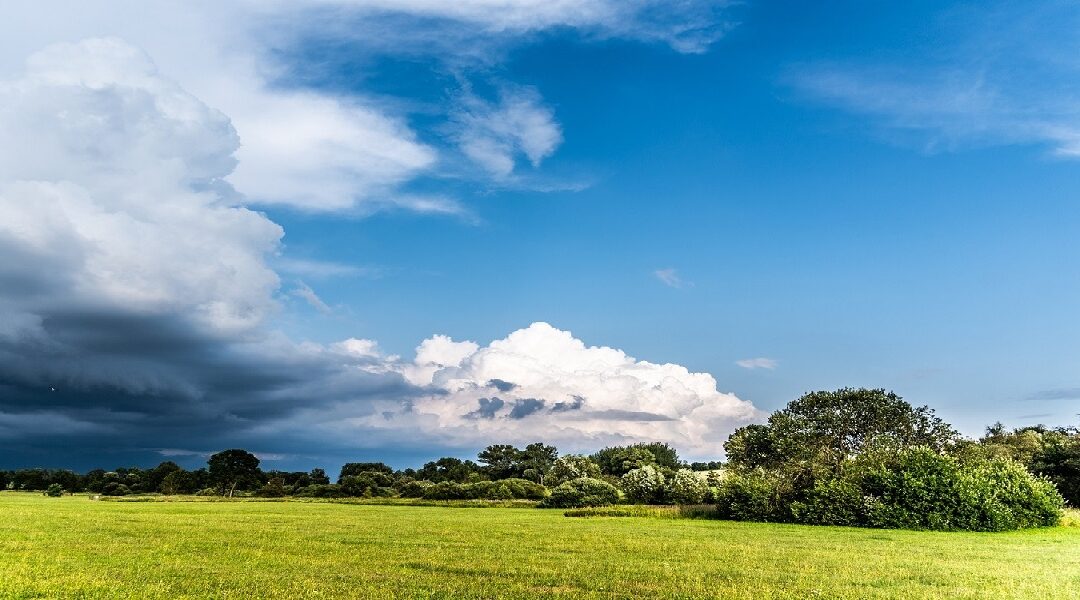
May 24, 2023 | Reliability, Storms and Outages
As summer approaches, so does the start of the summer storm season.
We want you to know we’re prepared to continue delivering safe and reliable service in all kinds of weather.
One way we keep the lights on during storms is through the investments we’ve made in our Smart Grid. If an outage occurs, our self-healing grid can sense the problem and automatically reroute power to restore as many customers as possible, almost instantly. This technology — along with replacing older equipment, upgrading to storm-resistant poles and wires and using data to proactively trim trees before they fall on wires — helps us reduce outages and respond quicker if an outage occurs.
We’ve also made it easier than ever to stay informed. You can customize your outage alerts to receive a phone call, text message or email with updates on repair crew status and estimated restoration times if you lose power. You can customize those alerts and also sign up for billing and payment alerts on our Alert Preferences page.
Even with the best preparation and information, storms and severe weather can cause damage and result in outages. We keep our outage map updated with real-time information on outage causes and estimated restoration times. If your power goes out, you can help us by reporting your outage in a few simple steps on our Outages and Issues page.
No matter what Mother Nature throws our way, we’ll be ready. And, our crews will be there to work as safely and quickly as possible to restore power if needed.
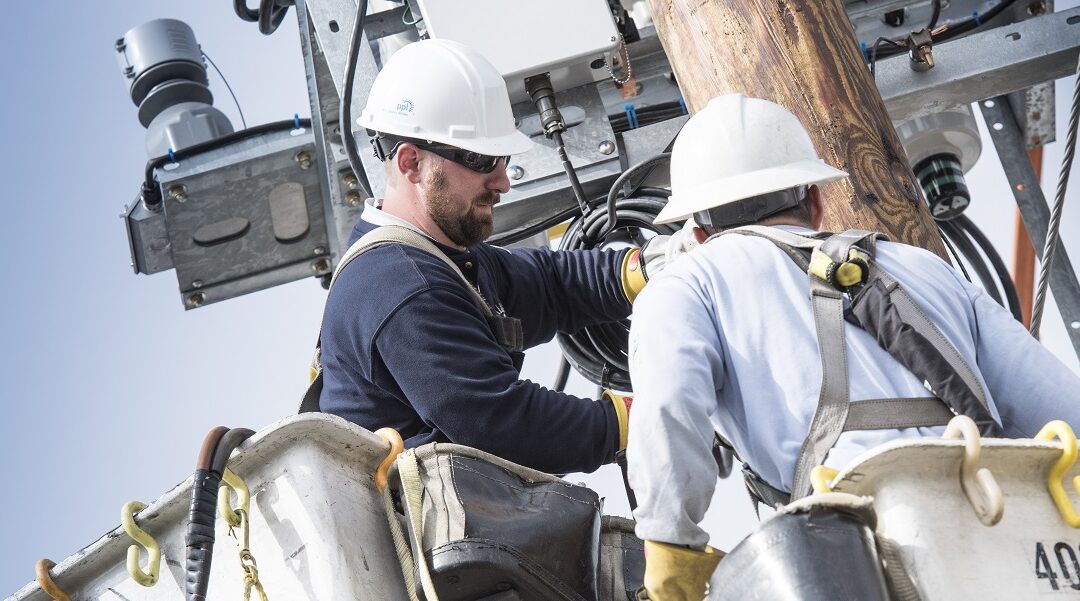
Sep 1, 2022 | Reliability
September is recognized annually as National Preparedness Month—an opportunity to raise awareness about the importance of preparing for disasters and emergencies.
What’s more, for the third year in a row, the National Oceanic Atmospheric Administration (NOAA) is predicting an above-average hurricane season in the Atlantic.
Pennsylvania doesn’t have a coastline, but we can still be impacted by hurricanes, tropical storms and other bouts of severe weather. We want you to know that when mother nature lashes out, we’re ready to respond to power outages as safely and quickly as possible, around the clock, to get the lights back on.
Not only are we prepared to respond to outages, we’ve taken steps to help avoid them altogether, despite the weather.
The investments we’ve made in our electric grid have made it more reliable than ever, even during extreme weather. Sensors on our smart grid identify outages quickly and can automatically reroute power to get as many customers back up and running as possible, often in seconds. In fact, since 2015, our advanced grid has helped prevent more than 1.4 million customer outages.
Like we always say: The best outage is an outage that never happens in the first place.
Smart grid devices are just one part of our investments to continuously improve the reliability of your electric service. Other work includes new power lines and substations; stronger, more storm-resistant poles; and trimming more trees. Find out more about the ways we’re strengthening the electric delivery system to meet your expectations for safe, reliable service at pplelectric.com/reliability.
Be prepared. Stay informed.
Have you managed your alerts recently? We’ve made it easier than ever for you to stay informed during severe weather with our automated alerts. You can receive information regarding outages, repair crew status and estimated restoration times, all via text message, phone or email. Pick your preferences at pplelectric.com/alerts. And remember that you can report or check on an outage at pplelectric.com/outage.
Plus, we use social media to provide storm updates and share tips on how to stay safe before, during and after storms. Follow us @PPLElectric for all the latest news and updates.
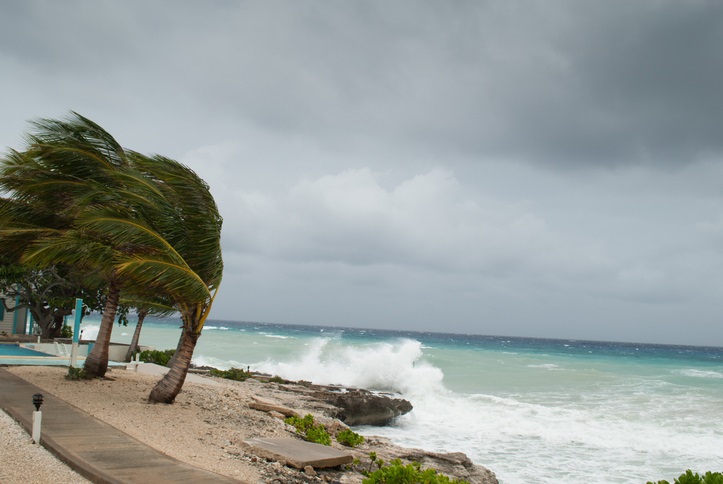
May 27, 2020 | Safety and Security
Looks like 2020 is at it again. Weather scientists are predicting a more active than normal hurricane season this year. Even though we’re working a bit differently these days, we’ll be ready if any of those storms affect central and eastern Pennsylvania.
We want you to be ready too. Stay alert by tuning into local weather reports and check out our tips to prepare for severe weather.
When the National Oceanic and Atmospheric Administration (NOAA) released its hurricane season predictions on May 21, acting Administrator Neil Jacobs noted the upcoming season was no different than any other, in the sense that early planning and preparedness is essential. We couldn’t agree more.
NOAA predicted the likelihood of 13-19 named storms, 6-10 hurricanes and 3-6 major hurricanes (Category 3 or higher) this season, which officially runs from June 1 through November 30. What’s considered average? NOAA says a normal hurricane season will bring 12 named storms, 6 hurricanes and 3 major hurricanes.
The approaching warmer weather not only ushers in hurricane season, it’s also prime time for thunderstorms and other severe weather. However, our continued grid investments have reduced the impact of these storms. From 2011 to 2019, we reduced the annual number of customer interruptions by 30 percent. Since 2010, we’ve also reduced the overall frequency of these interruptions by nearly a third.
Our extensive use of smart grid technology helps us reduce outages, along with other things like replacing aging equipment with stronger, more storm-resistant poles and wires, comprehensive tree trimming, improved lightning protection, expanded use of animal guards, and more.
Strong storms like hurricanes will still produce some power outages, but no matter the circumstances, we’re prepared to work around the clock to get the lights back on. The pandemic may have us working differently, but we’re still delivering for our customers no matter what Mother Nature – or 2020 – throws at us.
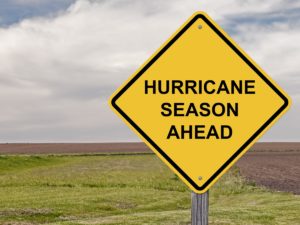
Visit pplelectric.com/safety and pplelectric.com/outage for great information on how to stay safe before, during and after a storm.
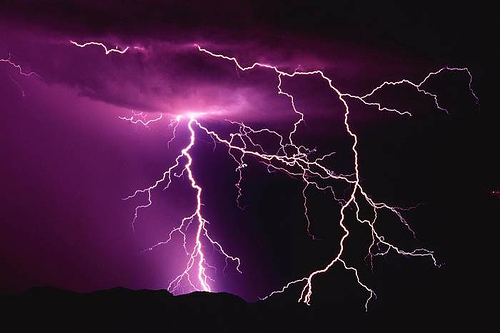
Jun 14, 2016 | Safety and Security
Mother Nature’s electrical fireworks can be deadly. Nearly 50 people are killed by lightning each year in the U.S. and hundreds more are severely injured.
Courtesy of the National Weather Service, check out a few lightning myths and facts to stay safe:
MYTH: If trapped outside during a lightning storm, lie flat on the ground.
FACT: Lying flat just increases your chance of getting hit by potentially deadly ground current. Keep moving toward a safe shelter.
MYTH: If there is no rain or clouds, you’re safe from lightning.
FACT: Lightning has a long reach. “Bolts from the blue” can strike 10-15 miles from a thunderstorm.
MYTH: A lightning victim is electrified and you risk electrocution if you touch them.
FACT: The body does not store electricity and it’s perfectly safe to give first aid. Don’t be afraid to come to their aid. You could save a victim’s life.
For more electrical safety tips, visit pplelectric.com/safety.
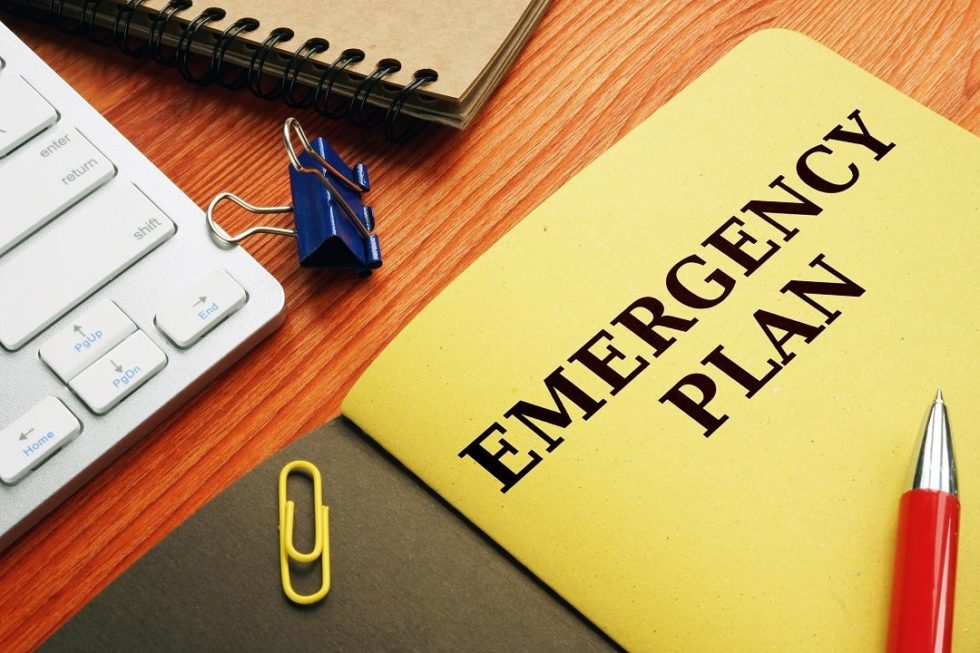
Sep 10, 2014 | Safety and Security
Does your family have a plan in case of a natural disaster or other emergency? According to the Ad Council, half of Americans don’t have an emergency plan for their family. I’m embarrassed to say that I used to be one of them.
We go to great lengths to protect our loved ones. We childproof our homes and install safety gadgets like baby gates, outlet covers, and smoke and carbon monoxide detectors. We wear seatbelts in the car and always make sure our passengers buckle up. I thought my family was prepared and well-protected. Then as part of National Preparedness Month, I read the 50 percent statistic and realized we didn’t have an emergency plan.
What would we do if a severe storm caused us to lose electricity for several days? What would we eat? Would we have enough to drink? What else did my family need to be prepared? Every family has its own needs. Some of us have children, pets or are caring for someone with special medical needs. My plan two years ago would be quite different than my plan today.
Part of being prepared is making these plans ahead of time. Life is bound to throw us a few unfortunate curve-balls. No one likes to think about them, but it’s our responsibility to do so, not just for ourselves, but for those who depend on us. It’s far easier to keep your cool if you have plans and an emergency kit on hand than to try to come up with them on the fly.
In this particular instance, I knew the basics of what to do. But I had never actually sat down and organized “the plan” for my family. September is National Preparedness Month. I use this time as my reminder to re-evaluate my plan, update critical information and make sure my loved ones do the same.
Don’t have a plan? Now is the perfect time to get organized.
Ask yourself:
- Do you have a place to meet if you and your family members get separated?
- Do you have an emergency kit?
- Does everyone in your family know who they’d contact and where to go in an emergency? What if you aren’t at home?
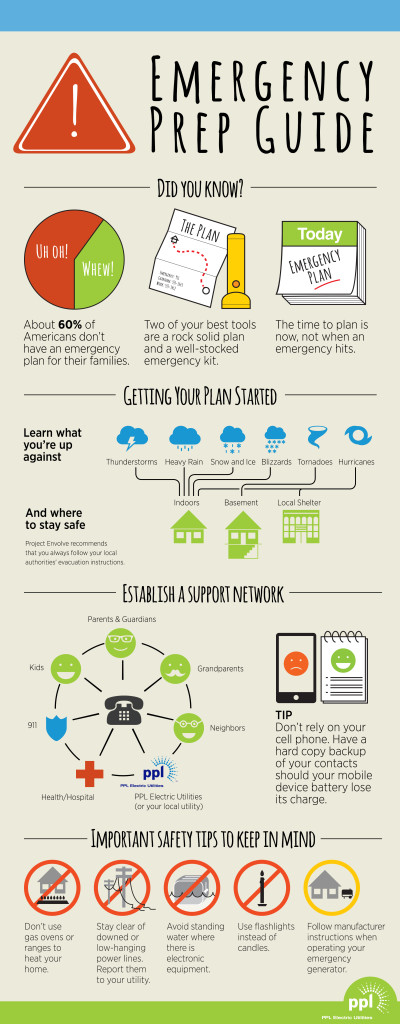

The resources from the Federal Emergency Management Agency at ready.gov will help you make your emergency plans. There are materials for the whole family.
Here are the items I found most helpful:
- Prepare, plan and stay informed. Visit ready.gov
- Remember to keep a paper copy of your emergency contact list. If your phone battery or laptop loses their charge, you won’t be able to get to your saved contacts.
- Use this checklist to build your emergency kit.
- Once you have a kit, learn how to maintain it.
- Let’s not forget about the kids. It’s just as important for them to know what to do so that they can stay calm in an emergency situation: ready.gov/kids
This blog post is my reminder to you. If you don’t have a plan, create one. If you already have one, make sure it still suits your family and meets your particular needs. And always remember, it’s important to stay safe.








